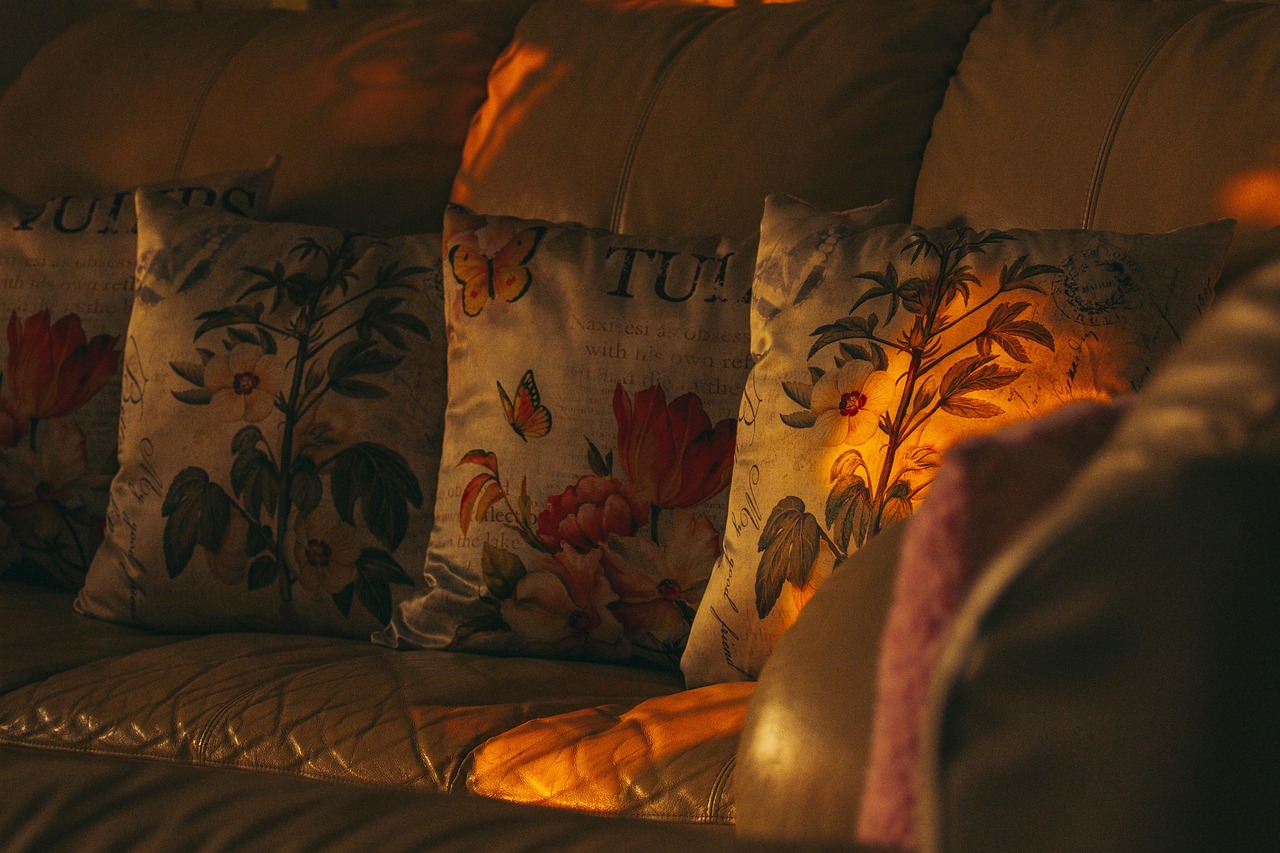Interior design is an art form that plays with light, space, and color to create a visually stimulating atmosphere. One of the most effective yet often overlooked methods for achieving this is through layering textures. The way different surfaces and materials interact can transform a room, adding depth, warmth, and character. Whether you’re curating a rustic living room or an urban chic space, understanding how to mix and match textures is key to achieving a cozy, inviting home. This guide will explore the techniques and strategies for layering textures in a way that enhances your space.
Understanding Texture: More Than Just Aesthetic Appeal
Texture goes beyond the tactile sensation of a surface; it’s a crucial element that influences the ambience and feel of a room. In interior design, textures can be physical, such as plush velvet cushions or rough stone, or visual, like the smooth sheen of satin against the backdrop of matte walls. By adding multiple layers of textures, you can evoke different moods and create depth in interior design.
Textural contrast is a powerful tool to create interest and dimensionality. For example, combining a sleek leather chair with a soft wool throw can create an engaging visual contrast that adds personality to your space. It’s the interplay between soft and hard, shiny and matte, that keeps a room feeling dynamic and not flat. This approach to texture in design is essential for creating a space that feels both intriguing and balanced.
Layering Techniques: How to Combine Textures Effectively
Successfully layering textures requires more than simply throwing different materials together. Thoughtful consideration of how they interact—whether complementary or contrasting—is essential for creating a cohesive environment. Begin by choosing a base texture that will set the tone for the room. This could be something large-scale, like a plush area rug or a fabric sofa, which anchors the space.
Once the base is established, add accent textures like woven baskets, knitted throws, or silk cushions. These accents should be in harmony with the base texture but introduce slight contrasts to keep the room from feeling monotonous. Mixing rough materials like linen with softer textiles such as cashmere creates a balanced approach to texture. When layering, always ensure that the textures do not compete with each other but rather complement and enhance one another, contributing to a harmonious design.
Incorporating Natural Elements for Depth and Warmth
One of the easiest ways to introduce warmth in home décor is by using natural materials. Wood, stone, leather, and cotton bring a touch of the outdoors inside, creating a grounded and inviting atmosphere. Natural elements often have inherent textures that, when layered with softer materials, can elevate the overall feel of a space. A wooden coffee table, paired with a cozy linen throw or a soft wool rug, introduces depth while maintaining a sense of comfort and sophistication.
Wooden accents can also be paired with lush plants to introduce organic textures into the room. The roughness of bark or the smoothness of a polished stone surface contrasts beautifully with the soft texture of plant leaves, making your home feel warm and lived-in. By layering natural materials with different tactile qualities, you can achieve a multi-dimensional, serene environment that radiates comfort.
Creating Balance: Avoiding Overwhelm with Texture
While layering textures is about creating variety and intrigue, there’s a fine line between adding richness and overwhelming the senses. Too many competing textures can make a room feel chaotic and disjointed. The key is balance. When introducing multiple textures, think about the scale and proportion of each element. For example, a large shaggy rug might be complemented by a few smaller, more refined textures, such as a smooth glass lamp or a sleek metal vase.
Start with a neutral foundation and gradually build up the textures. When in doubt, less is often more—too many textures can quickly lead to a cluttered look. Focus on finding texture harmony in your selections, ensuring each piece adds something unique without overpowering the others.
Texture and Color Harmony: Creating Cohesive Spaces
Textures don’t exist in a vacuum—they interact with color, and their relationship can enhance the overall aesthetic of a room. For example, a rich, dark leather chair may pair beautifully with a muted linen fabric, but adding a vibrant red accent pillow could throw off the harmony. When layering textures, always consider color harmony. Choosing a complementary color palette that works well with the textures you select will result in a unified design.
Textures in neutral tones like beige, gray, and off-white can work wonders in creating a serene environment, while bold textures with bright hues can energize a room. However, for a cohesive space, it’s important to balance both. Use accents like throw pillows or curtains to bring in subtle color without overwhelming the textures.
Summary: Mastering the Art of Layering for a Cozy, Inviting Home
Mastering the art of layering textures is one of the most effective ways to create a home that feels welcoming, dynamic, and thoughtfully designed. Whether you’re combining soft fabrics with rugged woods or playing with the contrasts between smooth and rough surfaces, layering textures adds depth and warmth to any space. By carefully balancing textures, colors, and materials, you can craft an environment that feels both cozy and stylish, creating a room that truly reflects your personal aesthetic.
Please like, comment, and share this article if you found it helpful and
informative.
Visit Big Town Bulletin if you would like to see more of this content.
Please like, comment, and share this article if you found it helpful and
informative.
For more news check out Big Town Bulletin News
For more from Big Town Bulletin check out Big Town Bulletin


